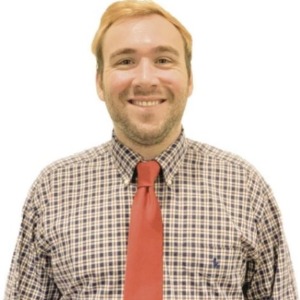Title : Machine learning and physics-based modeling to enhance subsurface feature characterization and optimize 3D imaging sensor array configuration
Abstract:
Synthetik has developed a 3D subsurface image reconstruction approach that leverages a combination of physics-based modelling and machine learning to identify complex subsurface features while optimizing hardware requirements. This approach involves simulating acoustic pressure waves through a subsurface medium with relatively dense recording field array and subsequently training a set of ML models on reduced fields. Synthetik has developed models that will work for shipyard-related elements like retaining walls, box-caissons, and relieving platforms. These models were originally trained on rescaled recordings of deep geological features.
Synthetik has developed a custom numerical solver, called BlastSeismic, that uses GPU acceleration to provide rapid simulation of acoustic pressure waves recorded by acoustic sensors, specifically geophones. The labelled data, on which BlastSeismic is used to create synthetic shot records (electro-acoustic recordings), includes velocity maps that are 40’ x 40’ feet long and wide, with a depth of 35’. Synthetic sensors are located approximately every 4 meters apart, and data is “recorded” from 9 equidistant source shots (modelled as 187Hz ricker pulses). As a proof of concept, Synthetik trained a base machine learning model using modified open-source data from geological sites, totalling 9600 samples (80% for training, 20% for validation). An additional 2000 (80% training, 20% validation) samples were used to fine tune the model for each additional feature type.
Once models were created for this field, every possible configuration of the source shots, involving reducing the number of source of shots and changing shot locations, was tested for its impact to the accuracy of the model predictions. Using this approach, we have determined the smallest number of shots that could be used without significantly impacting the prediction accuracy as well as identifying critical shot locations. For this specific models, all three fine-tuned models (described in the first paragraph) showed a reduction to 5 shots from original 9 would sufficiently provide the data required to accurately replicate the model; however, each model had critical locations along the corners and center of the imaging field. Different configurations would yield significantly worse predictions of the subsurface. For further field reductions, we observed that the optimum configurations varied by expected subsurface features.
Our future explorations will include enhancing our baseline model with increased sensor and source shot locations, expanding the subsurface feature types, and increasing the training/validation samples. We will additionally try to reduce the number of samples required to adequately fine-tune models, and target subsurface features most relevant to the oil, gas, and petroleum discipline
Audience Takeaway:
-
The audience will learn how machine learning can be used to provide high-quality subsurface maps while optimizing 2-dimensional geophone (acoustic) sensor and source shot configurations.
-
The new image reconstruction technique will provide two advantages: 1) more accurate outlines of sharp features, 2) an optimized approach to minimizing the required hardware to provide quality subsurface maps
-
This technology is meant to be integrated with existing hardware tools to enhance their services offerings, decrease imaging setup and capital costs, and increase imaging capabilities
-
Will it improve the accuracy of a design, or provide new information to assist in a design problem?
-
Using these techniques, we may be able to provide methods to enhance the evaluation of difficult to assess structures. This could increase the utility of these methods beyond typical imaging cases



